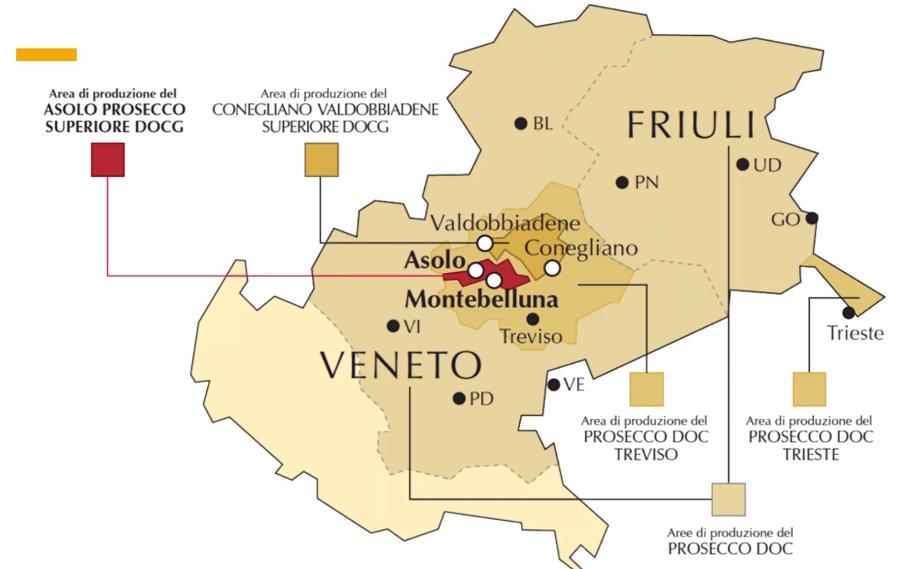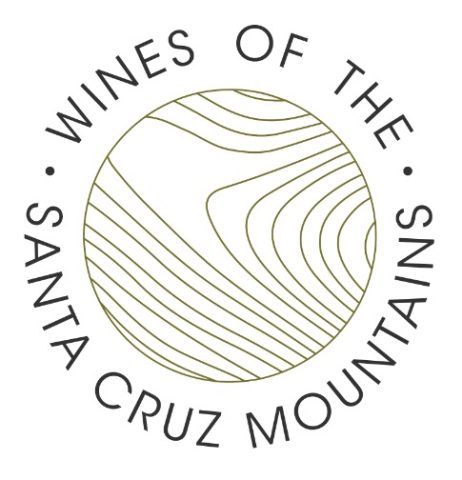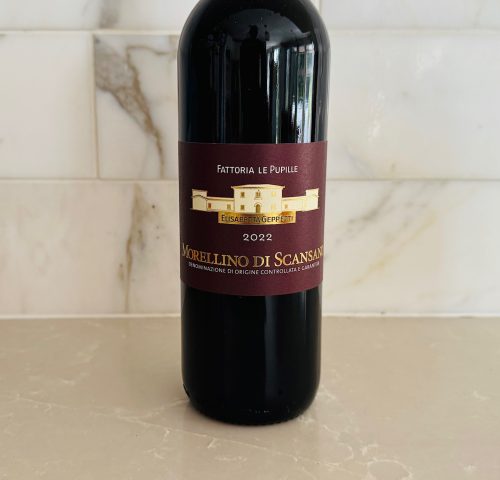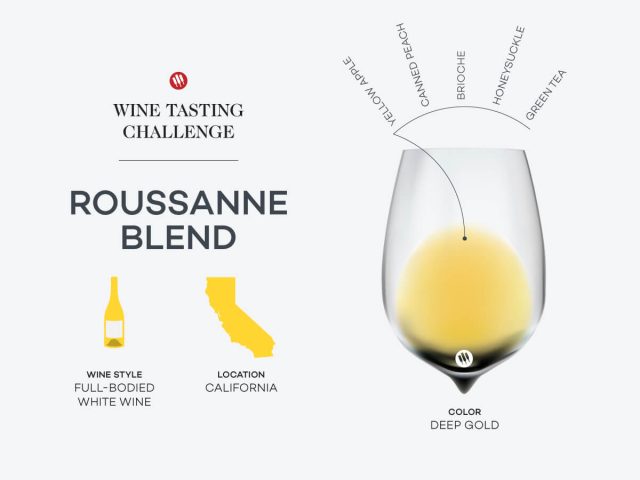Asolo Miiiiiooooooooo (Getting to Know Asolo Prosecco)

Like most Italian wine regions, just when you think you’ve got Prosecco all figured out, it smacks you upside the palate and rearranges your thinking and perceptions. At least, that’s what it did for me during a virtual media tasting tour of Asolo (“AHH-zo-low”) Prosecco Superiore, the “other” Prosecco DOCG that gets much less media airtime than its famous neighbor, Valdobbiadene.
Asolo sits just north of Padova, and southwest of Conegliano Valdobbiane, in the Province of Treviso at the foot of Monte Grappa. Having earned DOCG status in 2009, Asolo claims to be the first region to have an Extra Brut Prosecco category. It’s the 4th largest Italian wine sparkling appellation, and while it produces 24 million bottles per year, only two producers churn out more than 1 million bottles each—most are much smaller. Over 450 growers farm the 2,200 hectares of planted vineyards there, though those make up just 6% of the actual territory.
Asolo Prosecco is quietly making a splash on the international market: From 2014 to 2021, bottle production grew 620+ percent (that’s not a typo), and it exports between 60% and 70% of its production (most of it in in the Extra Dry style).



Like its more famous neighbor, you need to really like steep hillsides to farm in Asolo. The area might not be overly friendly for humans (there are only about 130,000 residents there, and even the consortium calls the picturesque hillsides a “frequently harsh, hostile environment”), but it is well suited to sparkling wine grape growing: soils are primarily made up of white limestone (ancient marine deposits) and red clays, and warm currents from the south/Adriatic Sea mix with colder winds from the north (via the Dolomites), all of which help trend its wares towards a more elegant expression of Prosecco, with marked salinity and minerality. In any case, the spot was known for decent grape production as far back as Roman times, and expanded considerably during the Middle Ages (between the 12th and 13th centuries, when the Rocca fortress was built on the summit of nearby Monte Ricco).
Based on my sampling, Asolo offers a nice alternative to Valdobbiadene, often for a bit less of a cash outlay. Here are some highlights to get you all thirsty and what-not…




2021 Case Paolin ‘Col Fondo’ Sui Lieviti Brut Nature Asolo Prosecco, $24
Made Sui Lieviti or “not disgorged” (and there’s no RS), this unique sipper is noticeably cloudy. It’s traditional method (with a second fermentation in the bottle), but this hazy style was traditionally made just for family consumption. Slight tropical/pineapple hints, moving to green apple, usher in an elegant, mineral, and almost delicate palate. Chamomile, lemon zest, white flowers, and herbs all make an appearance as well. Vibrant Granny Smith apple flavors, mingled with brioche on the finish, with a touch of salinity, all make this organic number fresh as a daisy.

2019 Bele Casel ‘Vecchie Uve’ Extra Brut, Asolo Prosecco, $29
This is the Prosecco we’re more accustomed to, made in the Charmat method, but spending 18 months on the lees (and again, there’s no RS). Lovely and bright with apple fruit, mineral, and and sage—all showing off the great 2019 vintage splendidly. Fresh and juicy apple and quince action in the mouth make for a lovely showing now, though it could even withstand some bottle age with that fabulous, firm acidity.

Giusti Asolo Prosecco Superiore Brut, $NA
There’s a more aggressive mousse to this 100% Glera, which has kust 7g/l of RS. Decidedly more fruity on the nose, with pear and apple action, though rose petal and herbs also have some spotlight time. The mouth is a delight: boisterous and friendly while also being very, very fresh all around, but in a soft way. The finish is floral, vibrant, and very long.

Cantina Montelliana ’57’ Extra Dry, Asolo Prosecco Superiore, $NA
From a co-op founded in 1957, this Extra Dry sports white flowers and ripe red and golden apples, and green pear notes on an assertive nose. Feels like a tried-and-true take on Prosecco here, but in the mouth it has more salinity than your typical bubbly from the region. Golden apple rules the day here, in a very friendly and juicy way.

Leterre Asolo Prosecco Superiore Millesimato Dry, $NA
Sourced from grapes grown on limestone soils on the western part of the region, there are balsamic notes, raw herbs, and ripe green apple on the nose, all feeling very fresh. Quite a smooth, balanced mouthfeel even with those aggressive bubbles, with white peach, and hints of candied apple. Salinity and herbs add to the fruity finish. There is a lot of fun, bounce and balance happening here.

Amadio Dry Millesimato, Asolo Prosecco Superiore, $NA
From the town of Monfumo in Treviso, this sparkler screams “popular style” with apple, yellow peach, and acacia flowers (both fresh and dried) on the nose, all transferring directly into a fleshy and consistent experience in the mouth.
Cheers!





